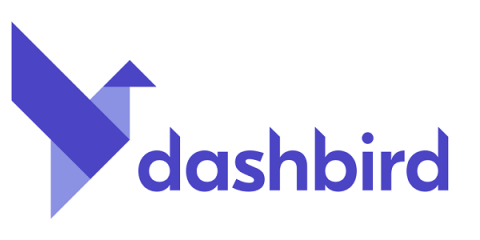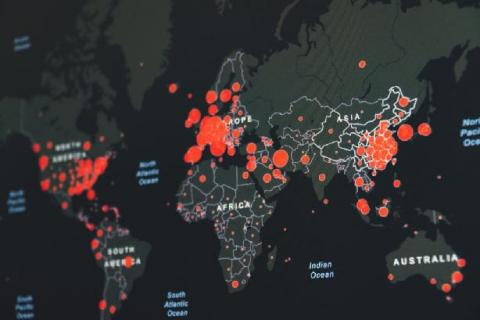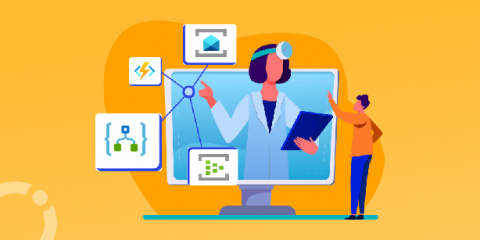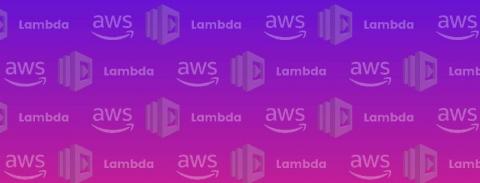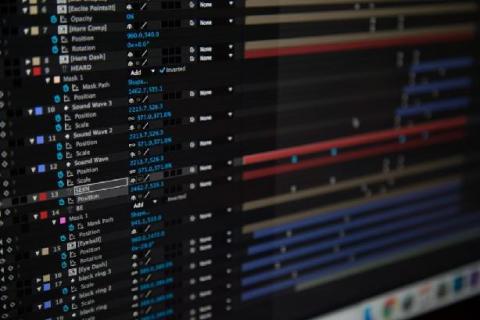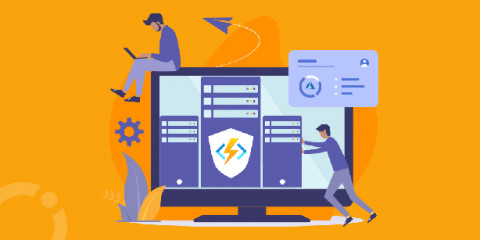Operations | Monitoring | ITSM | DevOps | Cloud
Serverless
The latest News and Information on Serverless Monitoring, Management, Development and related cloud technologies.
Serverless Most Popular Programming Languages
About 90% of all Lambda functions monitored by Dashbird on AWS Lambda are running Nodejs and Python runtimes. Is this purely a reflection of the general popularity of these programming languages?
Feature Spotlight: System Maps
Lumigo’s System Map is a real-time visualization of your entire application. A bird’s eye view of the whole stack with filters that allow you to drill down into a subset of your infrastructure. Our systems have grown exponentially both in scale and complexity. AWS takes care of scaling automatically, ensuring your application will scale gracefully regardless of the programming language, load, or location.
Azure Health Monitoring
Top 7 AWS Lambda metrics to monitor
Since launching in 2014, AWS Lambda has dramatically grown in popularity. Lambda allows you to run code 7without having to manage the underlying compute resources. From a monitoring standpoint, you no longer have the need or ability to observe traditional performance metrics like CPU and memory. That doesn't mean you don't need to keep an eye on other things, though. So what metrics should you monitor for your Lambda functions?
Feature Spotlight: Timeline
Lumigo’s Transaction Timeline lets you see in a glance the flow of a transaction across its components and the latency caused by each, allowing you to easily identify bottlenecks and issues. Distributed tracing is a popular method for monitoring and profiling transactions in a microservices architecture. It’s what developers use to pinpoint failures, performance drops and other problems.
Best Practices for Logging in AWS Lambda
Dashbird's Lessons Learned from Launching a SaaS Application
From the development and operations side, launching a new software application can be quite challenging. Deciding which tools to use, how to organize the task pipeline, managing collaboration among team members, monitoring performance and potential issues after launch, etc. It’s not easy to get it done right. Dashbird recently went through all of this. Behind the scenes, our amazing development team worked really hard to overcome all challenges and deliver the best value to our users.
Detailed view on Azure Function Custom Handlers
Feature Spotlight: Auto-Tracing
Lumigo’s Auto-Tracing allows you to implement distributed tracing on your Lambda functions with 3-clicks and no manual code changes. If you’ve already decided to move to a serverless infrastructure, you probably understand the importance of monitoring your AWS Lambdas and what it might entail. For the few out there that are still wondering what monitoring AWS Lambda means, I’ll break it down for you in a couple of steps.



